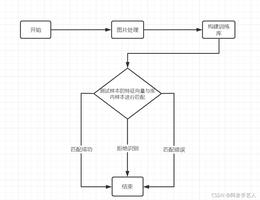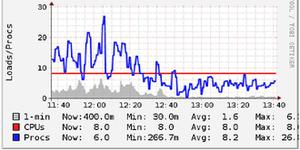数字和模拟系统之间的差异。
数字和模拟系统均用于将信号从一个地方传输到另一个地方,例如音频/视频。数字系统使用二进制格式(0和1),而模拟系统使用幅度变化的电子脉冲发送数据。
以下是数字系统和模拟系统之间的一些重要区别。
。
| 序号 | 键 | 数字系统 | 模拟系统 |
|---|---|---|---|
| 1个 | 信号类型 | Digital System uses discrete signals as on/off representing binary format. Off is 0, On is 1. | 模拟系统使用大小变化的连续信号。 |
| 2 | 波浪型 | Digital System uses square waves. | 模拟系统使用正弦波。 |
| 3 | 技术 | Digital system first transform the analog waves to limited set of numbers and then record them as digital square waves. | 模拟系统记录最初生成的物理波形。 |
| 4 | 传播 | Digital transmission is easy and can be made noise proof with no loss at all. | 模拟系统在传输过程中会受到噪声的严重影响。 |
| 5 | 灵活性 | Digital system hardware can be easily modulated as per the requirements. | 模拟系统的硬件不灵活。 |
| 6 | 带宽 | Digital transmission needs more bandwidth to carry same information. | 模拟传输需要较少的带宽。 |
| 7 | 记忆 | Digital data is stored in form of bits. | 模拟数据以波形信号的形式存储。 |
| 8 | 电力需求 | Digital system needs low power as compare to its analog counterpart. | 模拟系统比数字系统消耗更多的幂。 |
| 9 | 最适合 | Digital system are good for computing and digital electronics. | 模拟系统非常适合音频/视频录制。 |
| 10 | 成本 | Digital system are costly. | 模拟系统很便宜。 |
| 11 | 例 | Digital system are: Computer, CD, DVD. | 模拟系统是:模拟电子设备,使用AM频率的语音广播。 |
以上是 数字和模拟系统之间的差异。 的全部内容, 来源链接: utcz.com/z/338557.html





